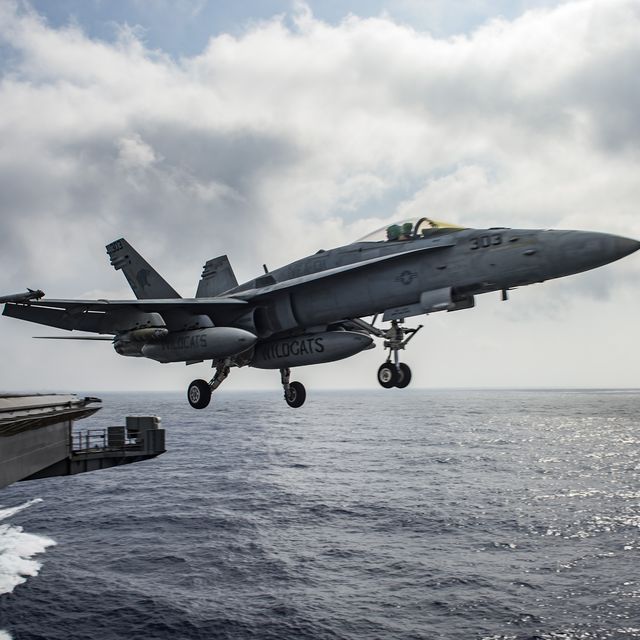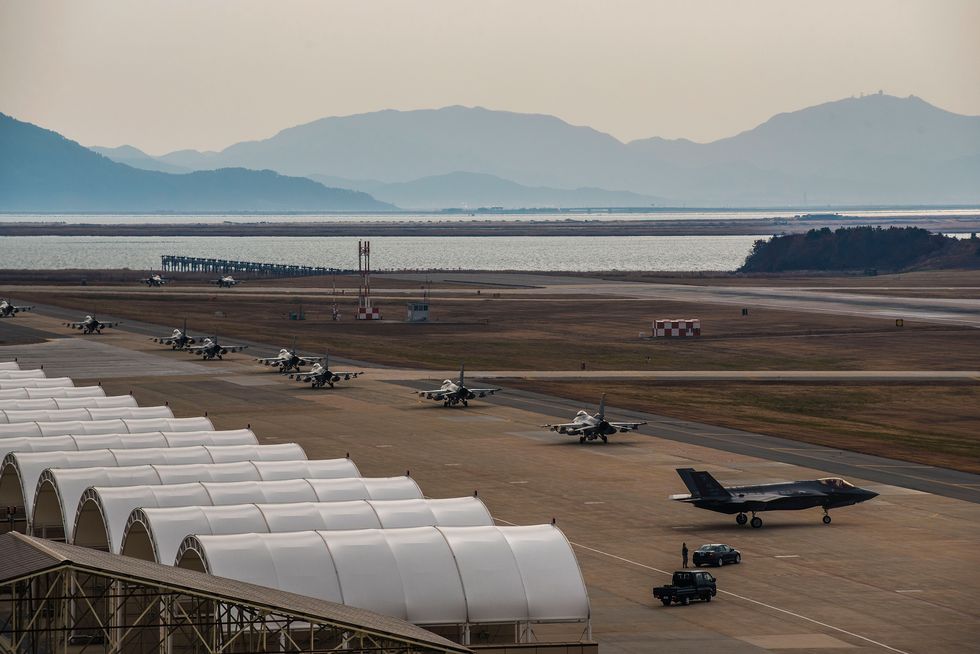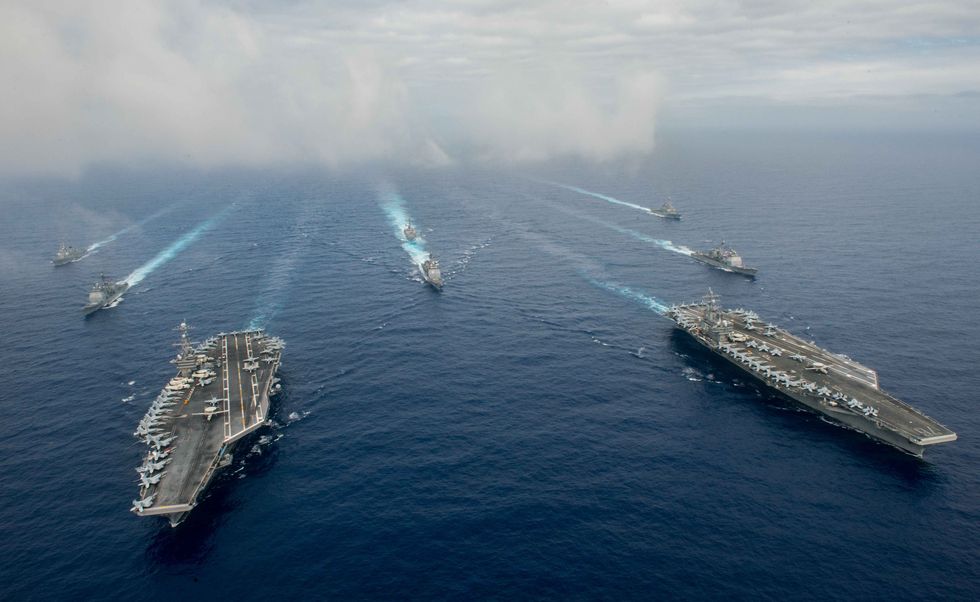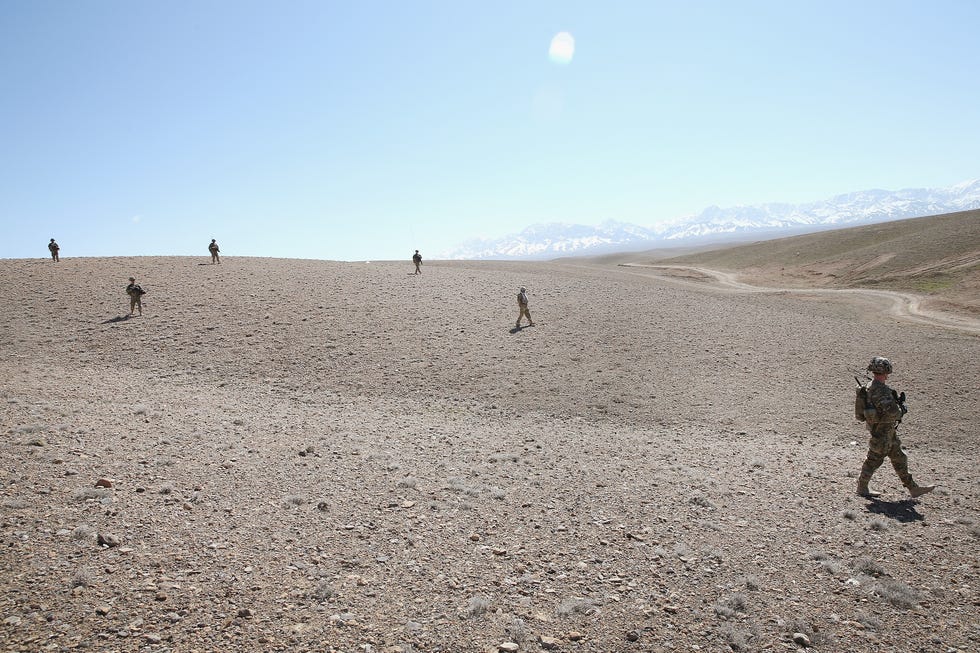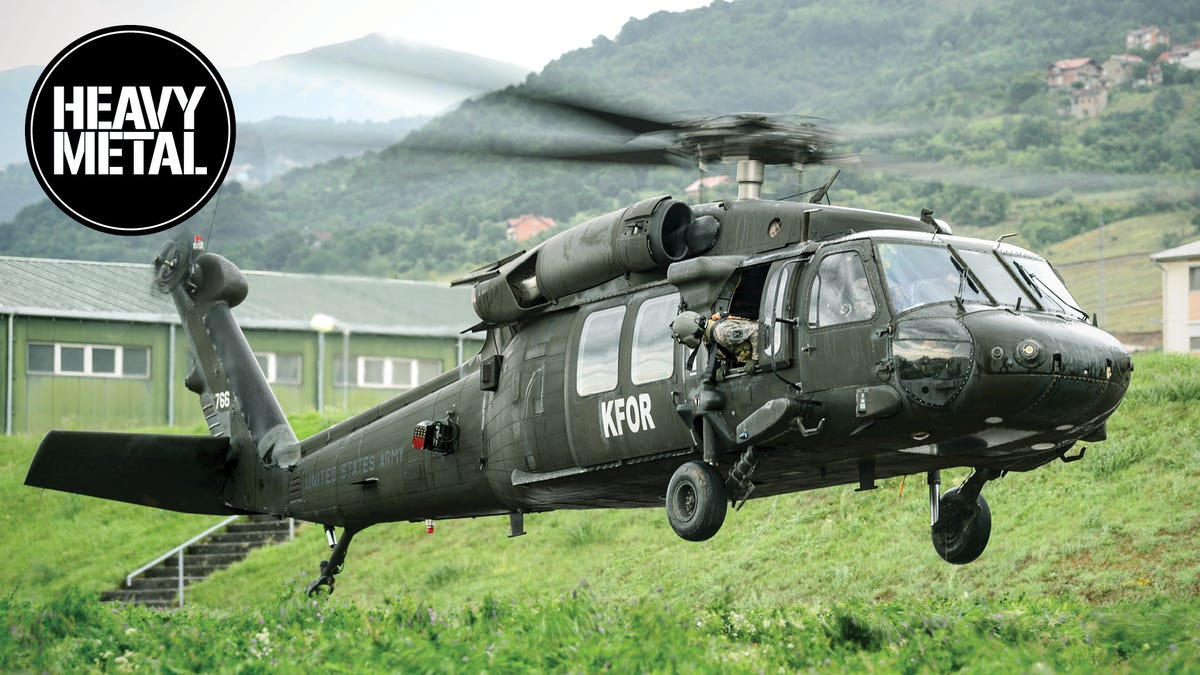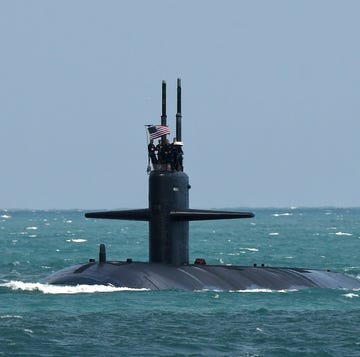- U.S. forces did not accomplish their goals in a series of recent wargames.
- One failed exercise involved a struggle over Taiwan.
- The U.S. military can't treat the next war as business-as-usual, and is already adopting new strategies in response to these missteps.
The U.S. military reportedly "failed miserably" in a series of wargame scenarios designed to test the Pentagon's might. The flunked exercises, which took place last October, are a red flag that the way the military has operated for years isn't going to fly against today's enemies.
Specifically, a simulated adversary that has studied the American way of war for decades managed to run rings around U.S. forces, defeating them decisively. "They knew exactly what we're going to do before we did it," Gen. John Hyten, Vice Chairman of the Joint Chiefs of Staff, revealed at an industry event.
While Hyten did not disclose the name of the wargame (it's classifed), he did say that one of the exercises focused exclusively on a brawl between U.S. and Chinese forces fighting over Taiwan—a scenario that seems increasingly likely.
He says there are two main takeaways for the U.S. military. The first involves the concentration of combat power—the American military, like many armed forces, tends to concentrate ships, planes, and ground forces for maximum efficiency and effect. Concentrating forces allows the military to mass firepower, operate more efficiently, and more easily resupply while in the field. In other words, it's easier for everyone on the good guys' side.
But the problem with concentration of mass is that it makes it easier for the enemy to find and kill you. If an enemy knows that American carriers always operate together, for instance, and an enemy discovers one carrier, it then knows a second carrier is close by. By the same token, an Air Force wing of 72 fighter jets operating from a huge, sprawling air base makes it easier to efficiently arm, fuel, and service the fighters, but destroying the base will take out the entire wing. And an Army infantry battalion concentrated in two one-kilometer grid squares is easy to control, but will suffer heavy casualties to artillery barrages.
Another takeaway is that the U.S. military's information dominance is no longer guaranteed, and would probably be in doubt in a future conflict. Since 1991, most of America's enemies have been relatively low-tech armies without the aid of satellites, long-range weapons, cyber forces, or electronic warfare capabilities. As a result, the U.S. military's access to communications, data, and other information has been very secure during wartime, giving friendly forces a huge advantage.
That won't happen in the next war. Potential adversaries Russia and China both have a strong motivation—and more importantly, capability—to attack the Pentagon's information infrastructure. Both countries are aware that U.S. forces are heavily reliant on streams of data, and in a future conflict will attack, jam, and disable the nodes that distribute that information (such as satellites and aircraft-based node) whenever possible.
What does that mean for U.S. forces? Hyten says that the Pentagon is pushing a new concept known as "expanded maneuver," and wants the entire military to adopt it by 2030.
Expanded maneuver is likely exactly what it sounds like—a greater use of mobility to keep U.S. forces out of the enemy's gunsights. Two aircraft carriers, for example, might sail a thousand miles apart while still working together. A wing of fighter jets might be spread out among half a dozen smaller airfields so the destruction of one won't mean the loss of all 72 warplanes. An infantry battalion's subunits might operate farther apart from one another and stay on the move to avoid destruction by enemy artillery.
But what about massing firepower? Long-range weapons can allow widely disparate units to concentrate firepower against an enemy, eliminating the need for close cooperation. Two aircraft carriers might converge on an adversary from different directions, coordinating strikes by using weapons like the Joint Air-to-Surface Standoff Missile (or JASSM). A wing of fighters might engage enemy aircraft from longer distances using missiles like the upcoming AIM-260 long-range air-to-air missile.
Expanded maneuver will lean more heavily than ever on America's information infrastructure. Commanders in the field will need secure communications and navigation capabilities to coordinate fire and maneuver beyond traditional radio ranges, leaning heavily on satellite and aircraft-relayed communications and data. It's also vitally important that the networks that flow this information are hack-proof.
The battlefield might become a slightly more lonely place for U.S. forces, but that's what it will take to fight and win against a high-tech adversary in the 21st century.
🎥 Now Watch This:

Kyle Mizokami is a writer on defense and security issues and has been at Popular Mechanics since 2015. If it involves explosions or projectiles, he's generally in favor of it. Kyle’s articles have appeared at The Daily Beast, U.S. Naval Institute News, The Diplomat, Foreign Policy, Combat Aircraft Monthly, VICE News, and others. He lives in San Francisco.

